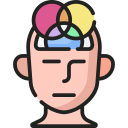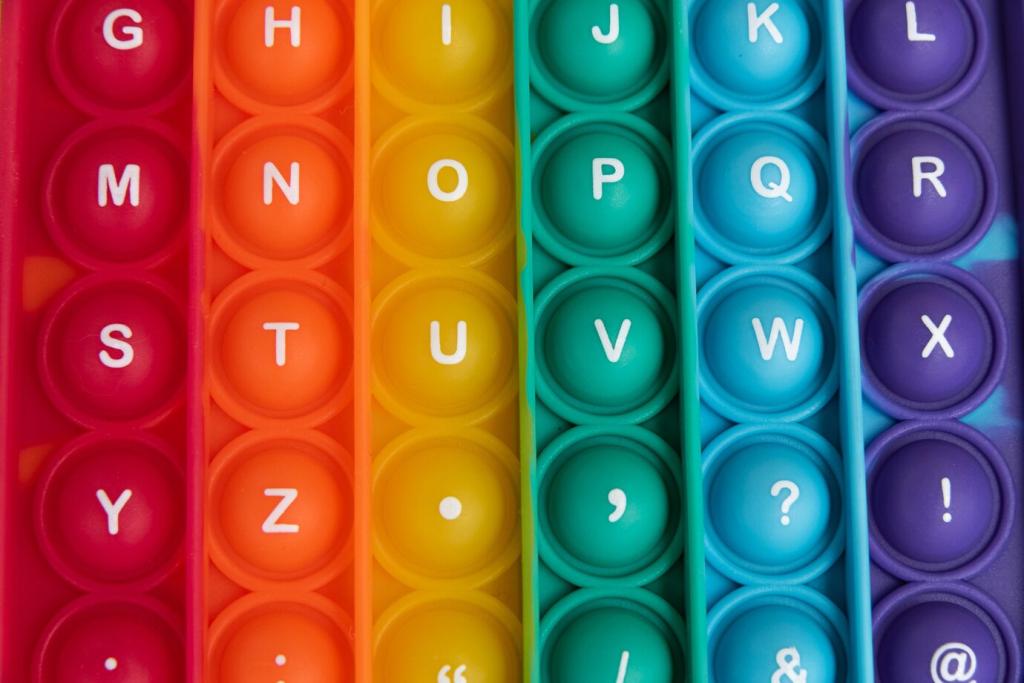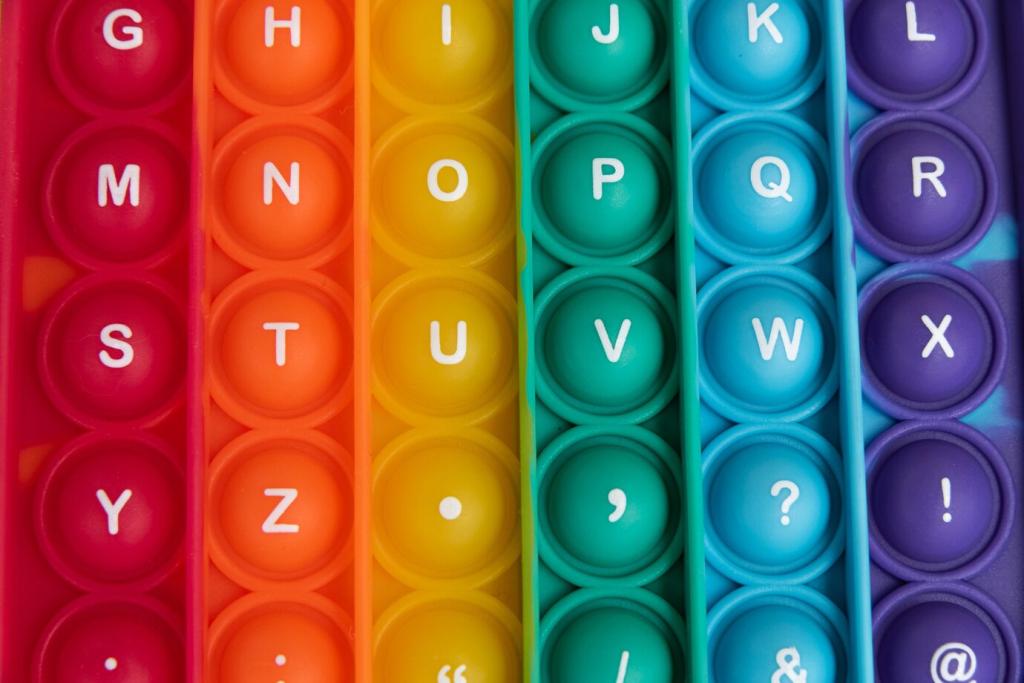When Pathways Falter: What Color Loss Teaches the Brain
Damage near V4 can erase color from conscious experience while leaving shapes intact. Patients describe a world of ash and steel, even though their eyes remain healthy. Their stories spotlight the cortical heart of color, distinguishing seeing from mere sensing.
When Pathways Falter: What Color Loss Teaches the Brain
One artist, after a stroke, found every meal unappetizing and every sunrise flat. He relearned composition using luminance and texture, eventually rebuilding a compelling monochrome style. His resilience invites reflection: how would you reimagine creativity without access to color?



